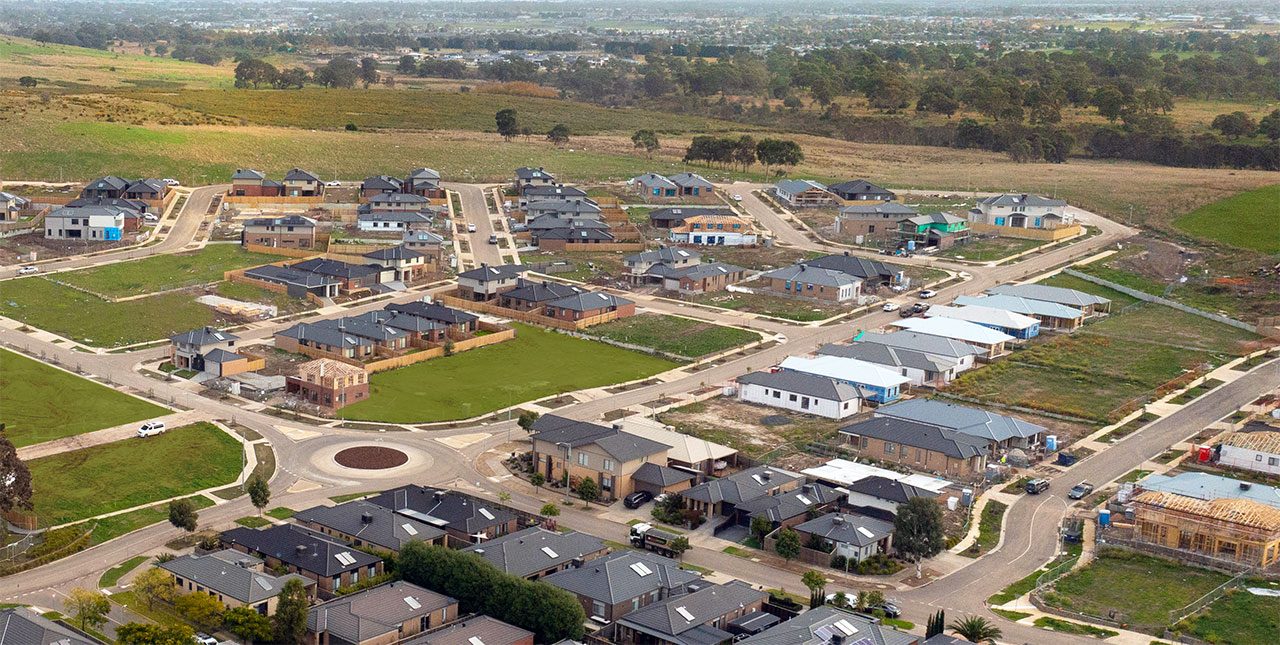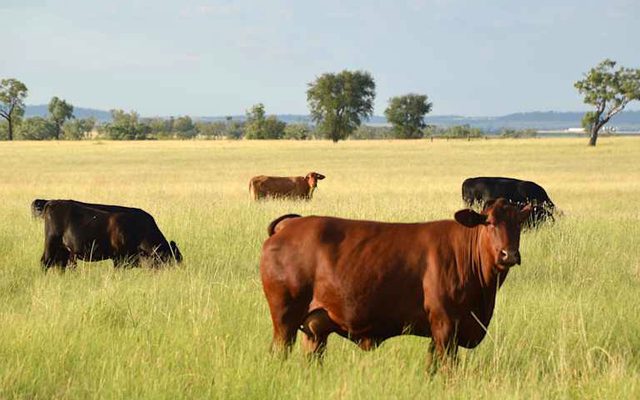This article is from the Australian Property Journal archive
AROUND $36.8 billion of new land was released across the eastern states, however New South Wales and Queensland failed to release enough land to meet demand for new housing, whilst settlement times are lagging in Victoria.
According to research from Informed Decisions (.id) and PEXA, settlements on new residential land fell across all three eastern states to 73,901 in FY23, down 13.6%.
NSW saw the lowest new land supply, with just 15,828 vacant land settlements recorded in FY23, down 16.4%.
Queensland followed with 24,226 vacant land settlements, down 16.2% and Victoria with 33,847 settlements, down 10.1%.
“Building a new home in a greenfield housing estate remains the preferred option for many Australians, particularly families and first homebuyers,” Mike Gill, head of research at PEXA.
“They are drawn to the lower prices compared to established suburbs and the ability to build a large, new, freestanding home to their own specifications. That’s why this analysis is so valuable as we seek solutions to address the nation’s housing affordability crisis.”
With demand ongoing, the cost of land has risen across all three states, with the total value of settlements across the states down 7.4% to $36.8 billion.
Settlement values for new blocks in Greater Sydney were up 13.5% to an average of $489,764, new blocks in Greater Melbourne were up 6.3% to $288,607 and new blocks in Greater Brisbane up 9.4% to $248,295.
While Victoria led in the aggregate value of vacant residential land settlements with $14.3 billion in FY23, down 5.1%.
Followed by NSW with $11.8 billion, down 13.1% and Queensland with $10.7 billion, down 3.4%.
“The clear conclusion we can draw from the latest data is that there is a lot of room for improvement if we are going to meet the demands of a growing population – either by releasing more greenfield land or accepting that we will need to build more apartments in our urban centres,” added Gill.
Victoria’s average days from settlement were the highest, reaching 385 days in FY23 from 243 days in FY22.
While in NSW and Queensland buyers waited an average 275 days and 156 days respectively.
“What this report highlights is that we can’t rely solely on greenfield developments on our urban fringes to meet the housing demands of a growing Australia,” said Gill.
“People want to live in cities for access to education and employment, and it’s our cities that are best placed to deliver these services, as opposed to creating new and disconnected communities on our cities’ fringes.”
The greenfield LGA with the most significant need for more medium to high density housing in the next five years was Brisbane in Queensland with 5,035 units needed.
Followed by LGAs in NSW, including Blacktown with 1,527 needed, Liverpool with 1,135 and Camden with 1,614.
While most greenfield LGAs in Victoria are meeting or close to meeting dwelling forecasts.




